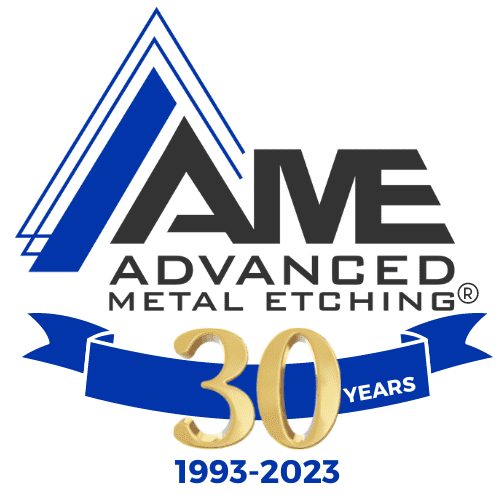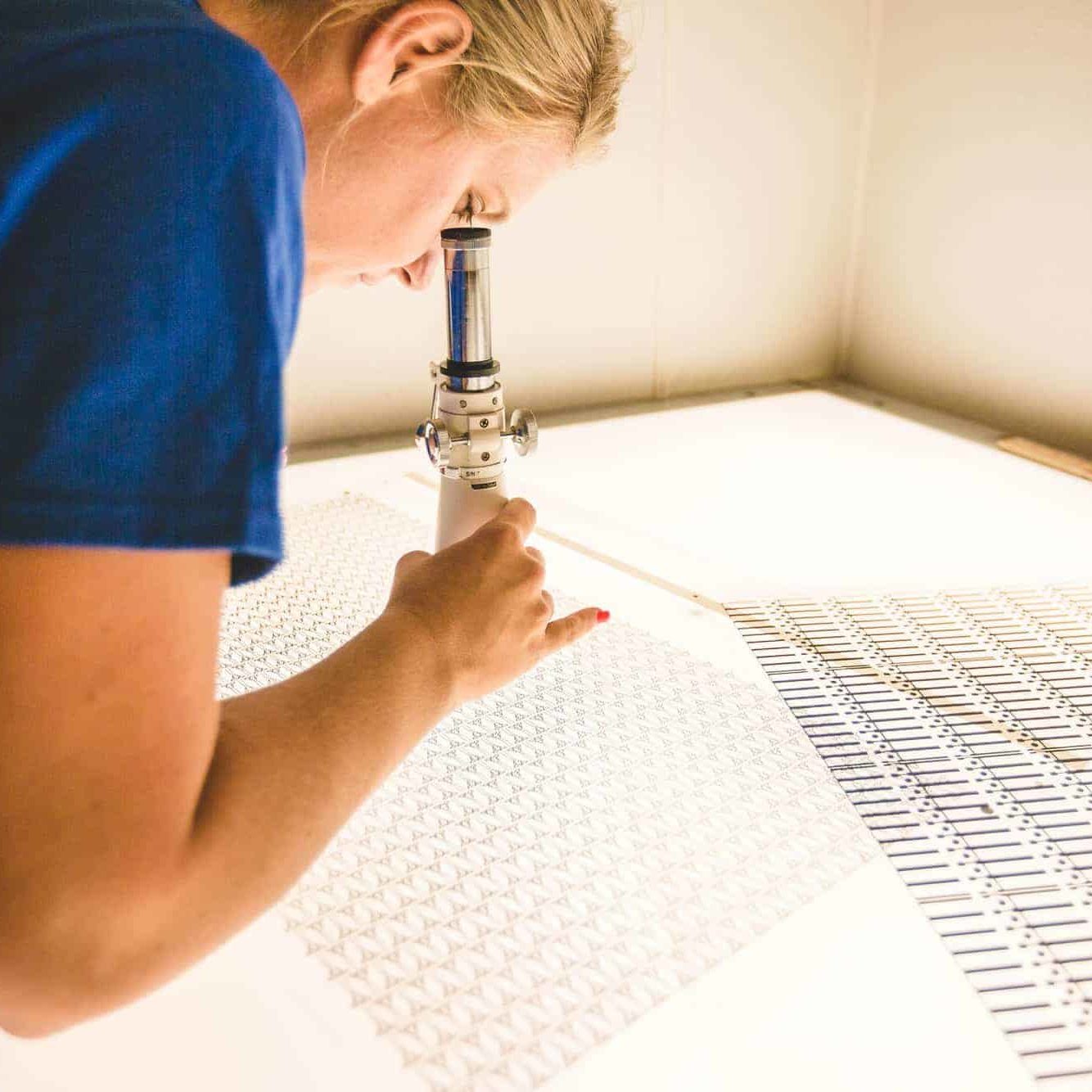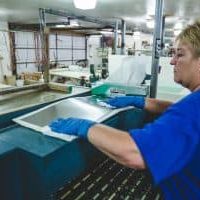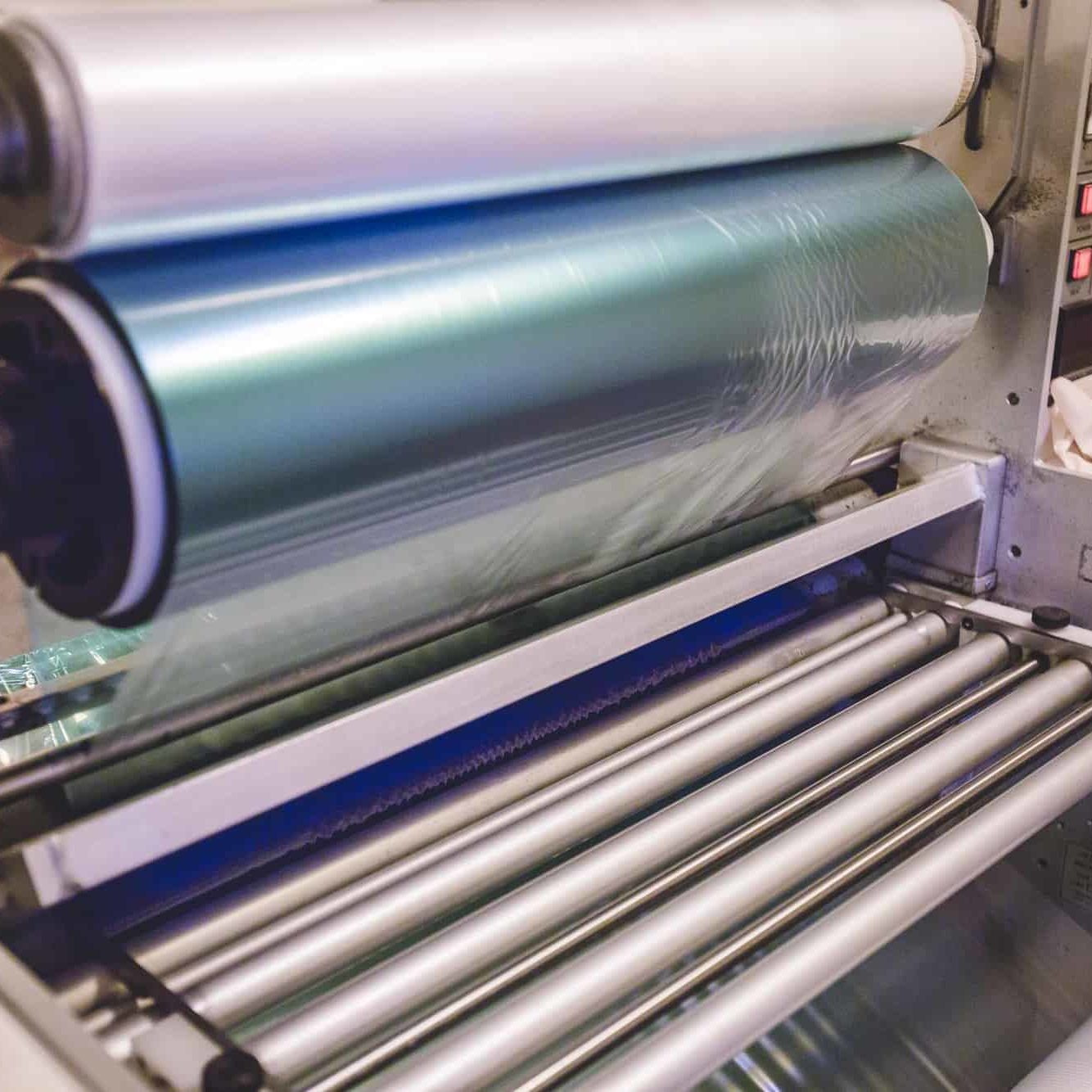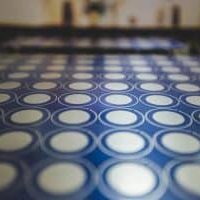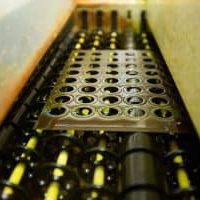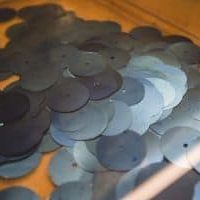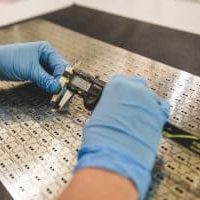How Does The Photo Etching Process work?
Photo chemical etching is a subtractive metal fabrication process for the production of thin metal parts that are burr and stress-free. Chemical etching involves the use of an acid etchant to dissolve away the unwanted sections of a part leaving smooth surfaces and precision edges.
The chemical etching process has seven steps: digital tooling, metal preparation, exposure, developing, etching, stripping, and inspection. To learn how each step contributes to the precision of your components read more.
The Photo Chemical Etching Process in 7 Steps:
Digital Tooling
Our tooling engineers use AutoCAD software to generate a repeating pattern, from a customer file, to determine how many parts will fit onto a metal sheet. The design is then printed onto two sheets of mylar film. The low-cost, flexible tooling is easily modifiable and can be stored for the life of the part.
Metal Preparation
We thoroughly clean the metal you have chosen for your part and its intended application of any residual oils and oxides. Only RoHS and DFARS compliant metals are used.
Exposure
We apply a photoresist coating on each side of the metal sheet. The laminated metal is placed between two identical copies of the photo tool. The surface is exposed to a UV light source that will harden the photoresist on the metal part design that is to remain throughout the etching process.
Developing
The sheets move through a developing machine where an alkaline solution washes away the top and bottom film on each sheet of metal that wasn't hardened during exposure.
Etching
We process the metal surface with a chemical etchant that dissolves the bare metal and leaves the desired design and dimensions.
Stripping
The etched sheets or dropout pieces are placed in a tank full of sodium hydroxide-based solution to remove the remaining photoresist film.
Inspection
The parts’ surface and dimensions are thoroughly measured using a comprehensive approach consisting of several handheld calipers and electronic magnification machines that will analyze a part's surface and tolerances before carefully packaging.
